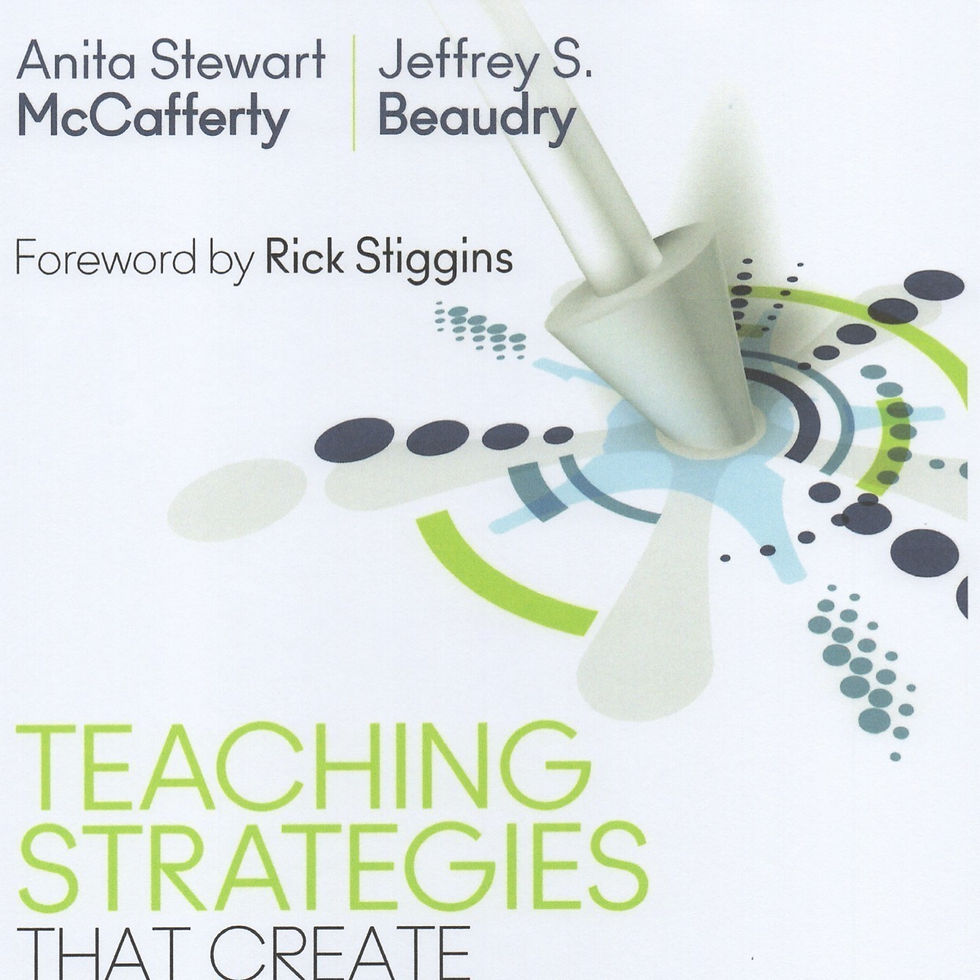D3: Describe It, Draw It, Dramatize It - A Brain-Friendly Retrieval Practice Strategy
- Stewart Learning Center
- Mar 1, 2023
- 3 min read
D3 = Describe it, Draw it, Dramatize it
D3 Vocabulary is one of my go-to brain-friendly strategies. It's always an energizer, lots of fun, AND deepens vocabulary and conceptual knowledge! Our brains respond positively in terms of building and strengthening neural pathways to talking, social interaction, visuals, movement, and positive emotions. D3 is an impactful multi-modal memory and retrieval practice strategy.
Retrieval practice is key to moving learning into long-term memory and too often the area of the teaching-learning process in which educators and learners do not spend enough time. Many cognitive scientists, including Dr. Poojah Agarwal in her book Powerful Teaching: Unleash the Science of Learning (2019), Assistant Professor at Berklee College of Music, and founder of www.RetrievalPractice.org, identify retrieval practice as a key lever in the learning process. D3 is a low-plan, low- to no-stakes retrieval practice strategy and is useful across any age group or content area, including student and staff learners, and for varying degrees of time (from 2 minutes to a whole class period review).
For every unit of study, I create a power list of important concepts and vocabulary. Then, I create a slide deck with one word or phrase (concept) per slide. If working with younger learners or with challenging concepts/vocabulary, I add a visual on the slide representative of the concept. I use D3 in a variety of ways throughout the unit and then beyond to reinforce retention of the concepts. For instance, sometimes I use D3 as a warm-up, other times as an energizer during a lesson, while other times as part of a closure activity or as a cumulative review.
In the first round of D3, learners try to describe the concept/vocabulary word or phrase quietly to their partner(s). They may not use "rhymes with" or "sounds like" as clues. I ask for learners to pair up with one person facing the projector screen and one person facing away from the screen. Then, I share the word or phrase on the screen and each partner facing the screen shares clues, describing the concept to their partners. When the guessing partner correctly identifies the concept, the partners celebrate with a high-five, celebratory dance, etc. I encourage partners to share their clues quietly so other partnerships do not pick up on their clues. The second round of D3 involves learners drawing only, no words or gestures. The third round of D2 involves dramatizing the vocabulary concept with no words or drawings. Guessers and clue givers take turns. I invite partners to find new partners as the D3 retrieval practice activity continues. I also debrief after each word/concept by asking all partners to view the screen and inviting learners to share the clues their partners gave them to help them successfully guess. In doing so, all members of the learning community learn from one another in low stakes ways.
D3 guarantees laughter! As we know, "all learning is state dependent" (Jim Kwik podcasts) and positive emotions to learning experiences help propel that learning into long-term memory. Enjoy the process! Make it your own!
In the accompanying slideshow, I share a 7th grade science example, a 2nd grade geography example with visuals, and a Stephanie Mulligan / McSea Books: How To Catch a Keeper example. To access the slideshow, feel free to download the slideshow below.
We look forward to hearing about how you use this strategy with your students/children and/or staff.
If you enjoy the video, please hit like, subscribe to our YouTube channel so you don't miss upcoming videos, and share with your friends.





Comments